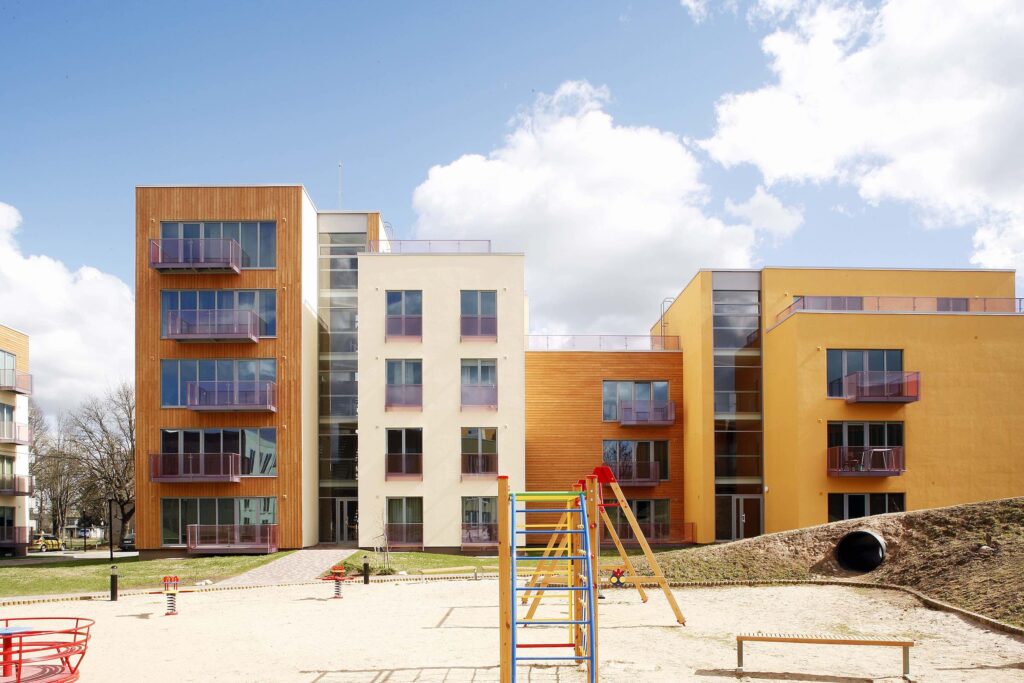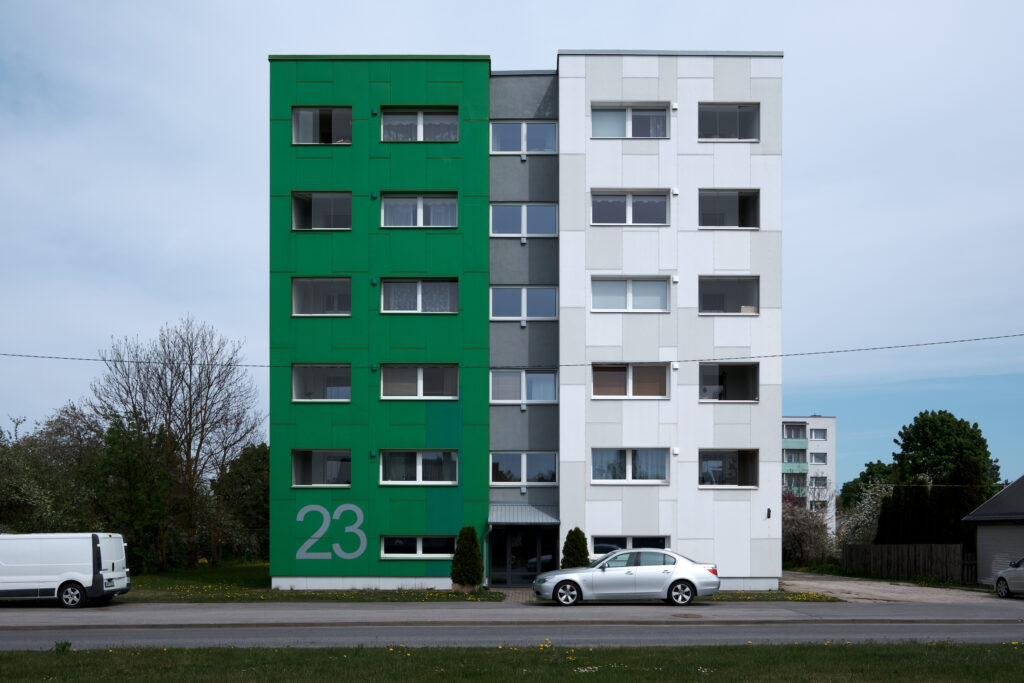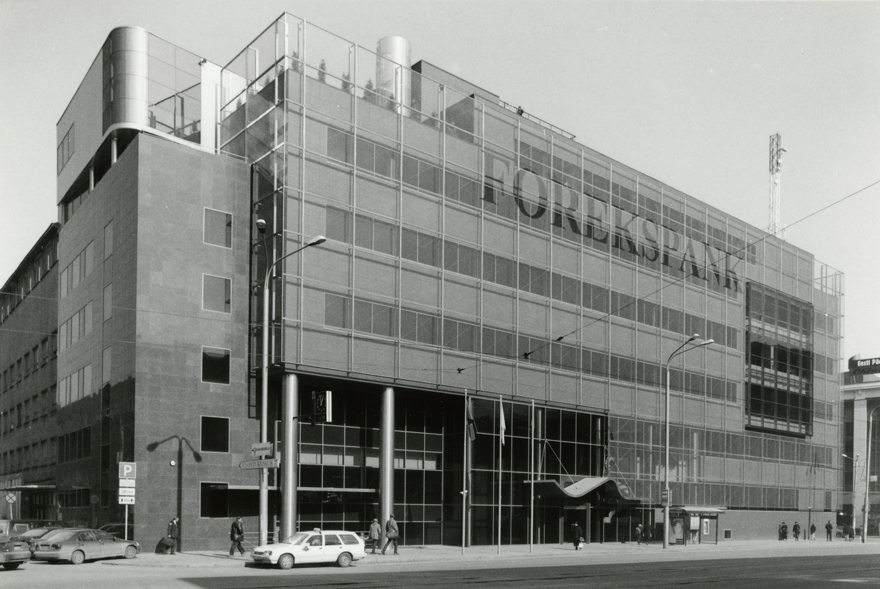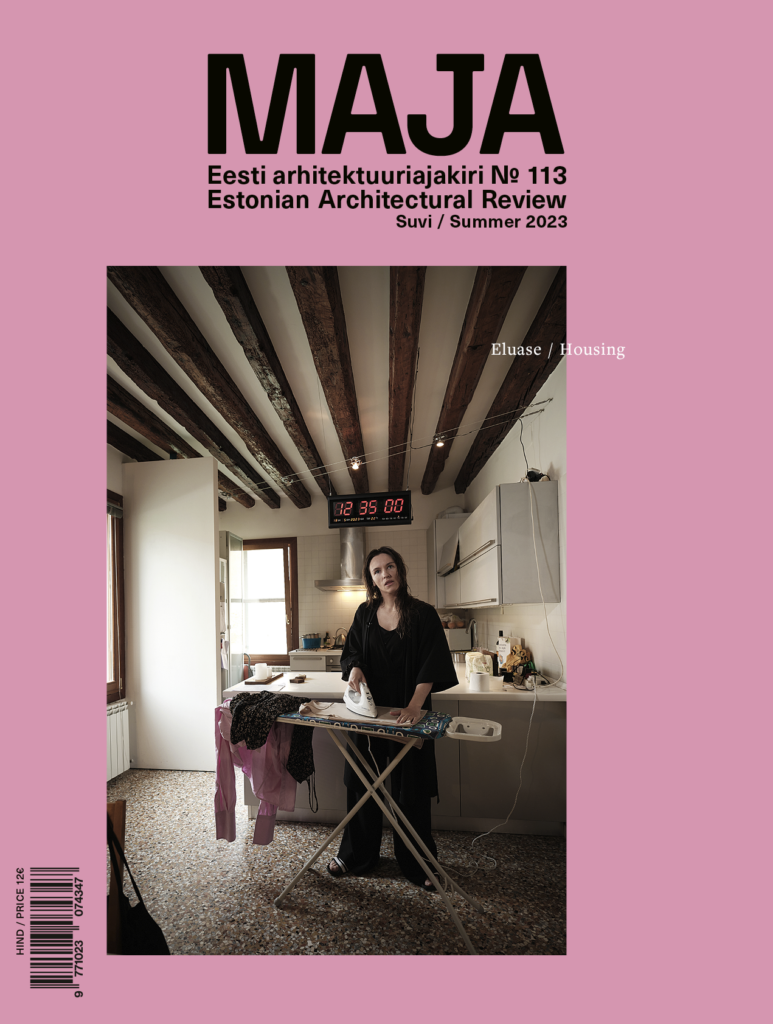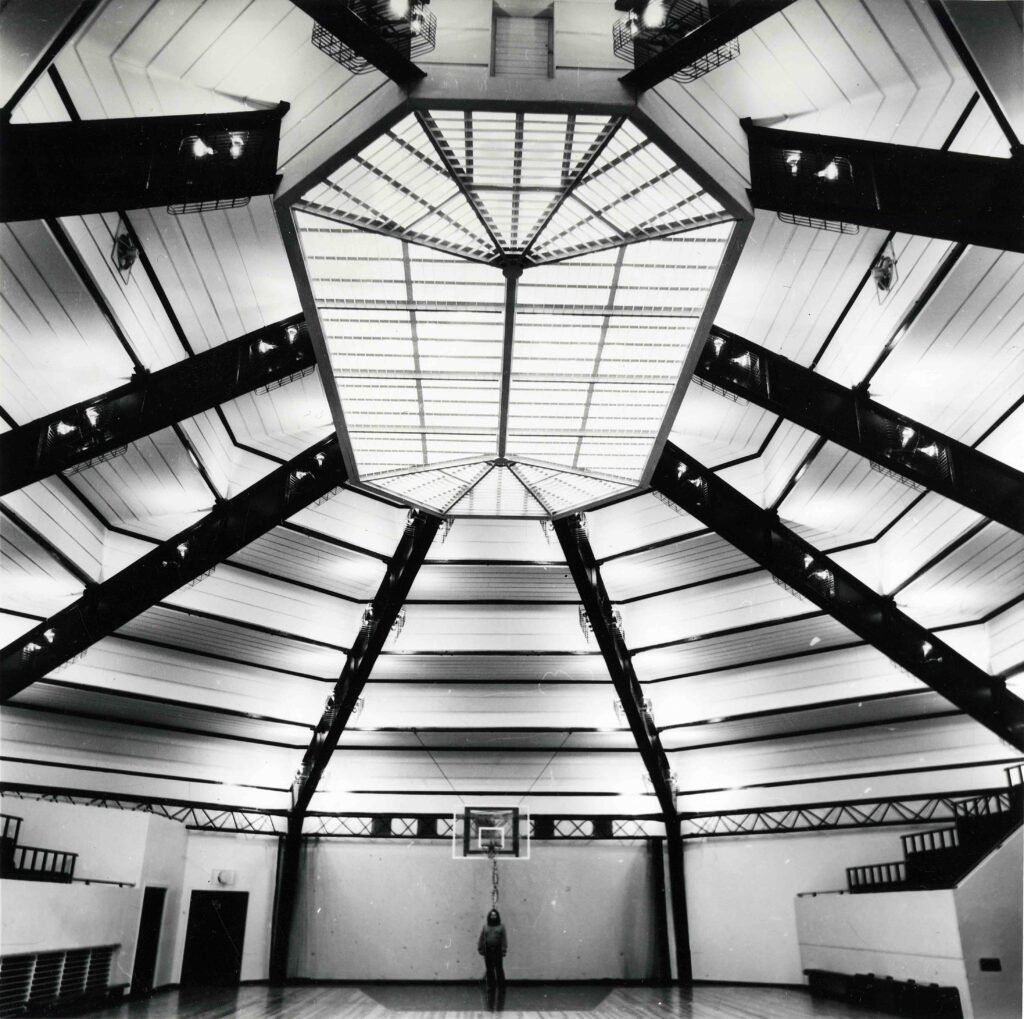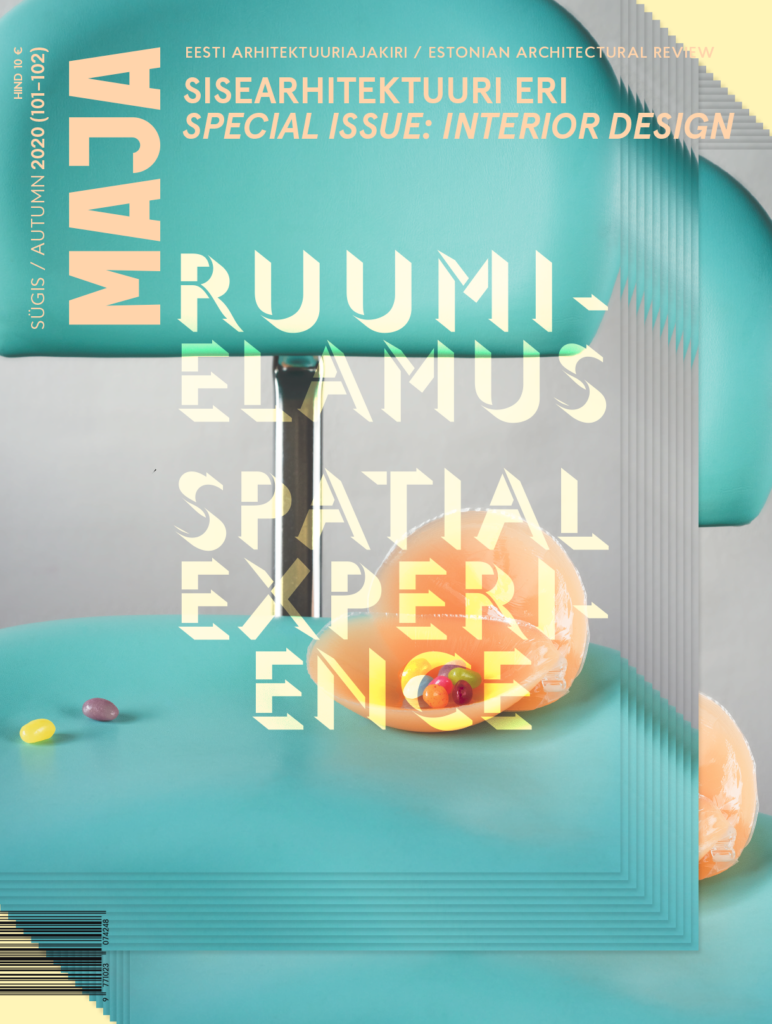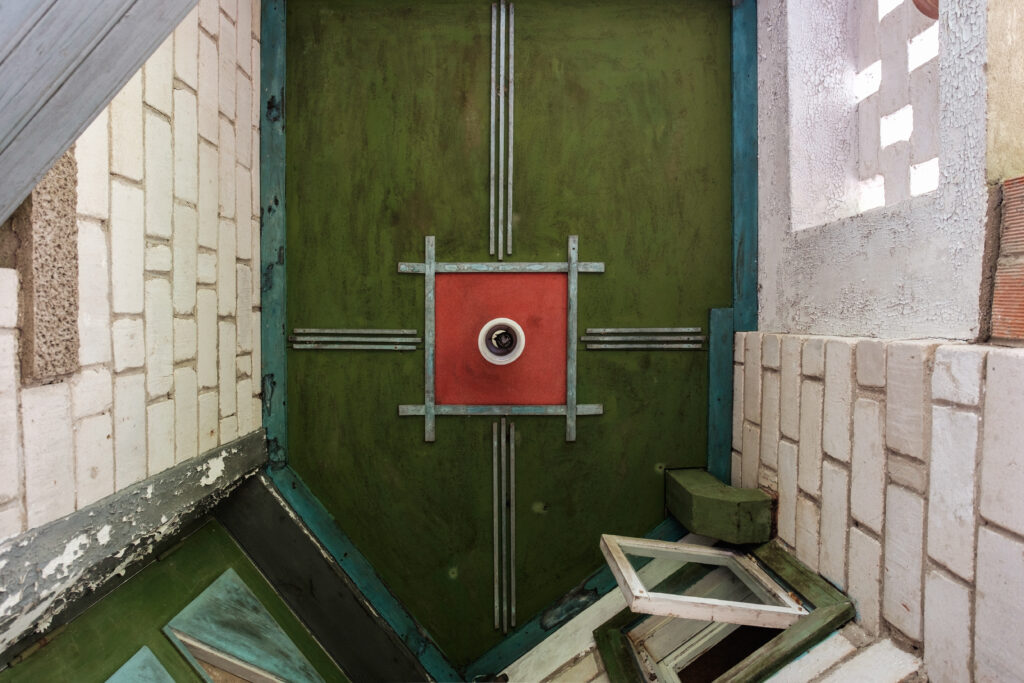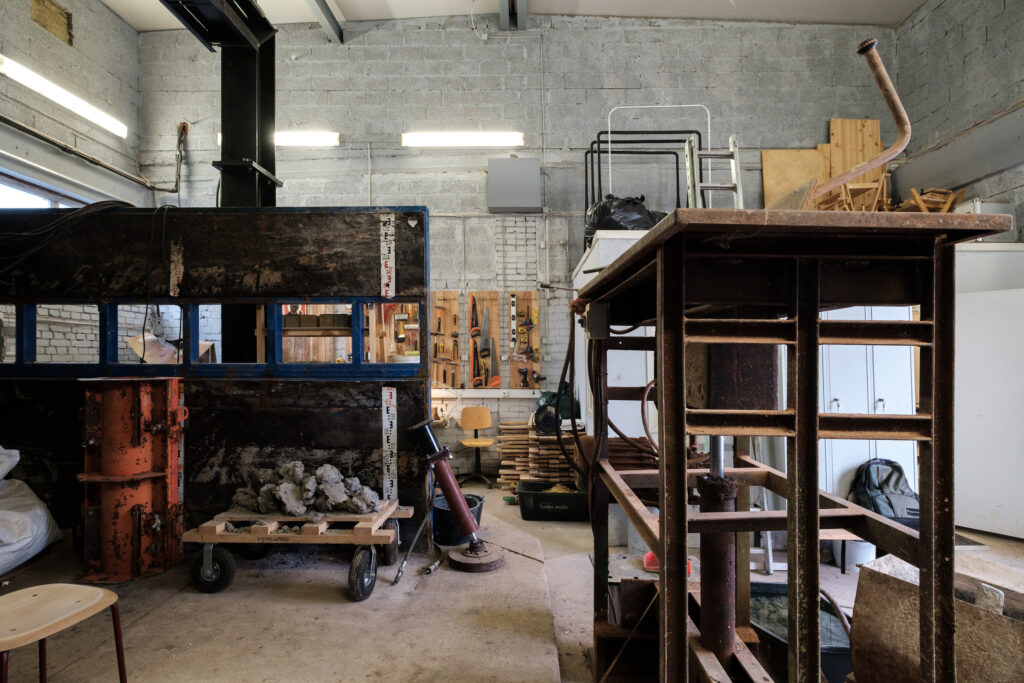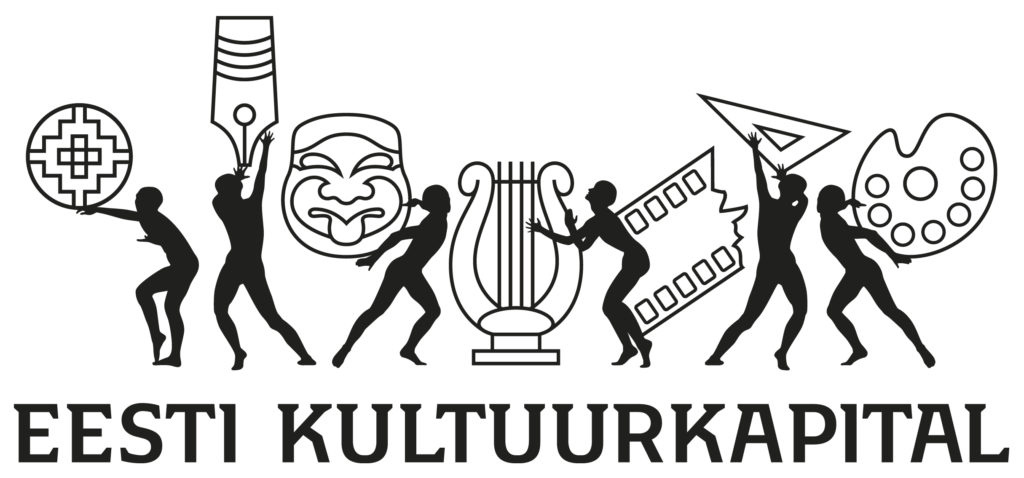Elo Kiivet revisits Tulbi-Veeriku quarter in Tartu where the friction between these two dimensions has given rise to one of the most praised new neighbourhoods of early noughties in Estonia.
Improving the architectural quality of the existing housing stock requires integrating engineering solutions with architectural decisions. In the ongoing renovation marathon, it is important to discuss what kind of added value could be drawn from the existing to unleash the full spatial potential of renovation and to create good user-friendly spaces, writes Diana Drobot.
The bank building standing on an old industrial frame on Narva Road proves its ability to also serve as a public library. The obligation to survive various eras and situations is common to both buildings and people, Madli Kaljuste ponders.
Photo Essay: interior architect Aulo Padar 80.
On the morning of August 29th in 2017, freshmen of the Department of Interior Architecture were waiting for a train at Baltic railway station at 7.44 am to head to Pärnu. What lay ahead was a three-day trip, followed by a three-year-journey into the unknown. Yet, these students were not completely caught off guard by these successive events as they had been admitted to the Department of Interior Architecture at the Estonian Academy of Arts, run by Hannes Praks.
This issue of Maja is dedicated to the 30th anniversary of the Estonian Association of Interior Architects.
On tavapärane, et kui eemaldutakse inkubaatorilaadsete tüüpprojektide ehituse ideest, säilib eramu projekteerimisel autori omapära. See, et 1965. aastal kehtinud riigikorra nüansid ei arvestanud individuaalelamute projekteerimisel autorlusega, oli üks põhjustest, miks levisid tüüperamud ja looming oli varjus.
The sedimentary layer of Estonia deserves valorisation, conclude the material development and design studio kuidas.works. Maria Luiga and Hannes Praks write about their recent earth-based construction study trip to Paris.
ARCHITECTURE AWARDS


